Subluxation
Misalignment of the segment of the vertebrae causing nerve irritation.
Misalignment of the segment of the vertebrae causing nerve irritation.
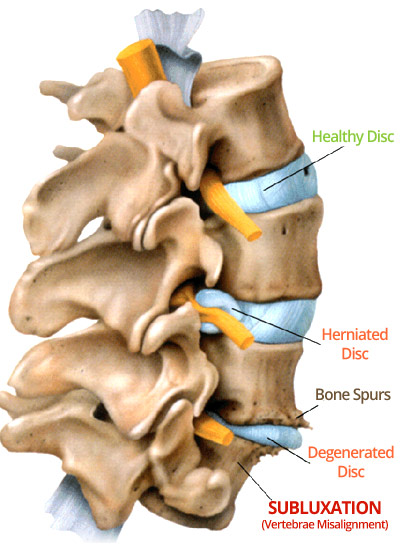
Subluxation causes the organs and muscles of the body to malfunction and heal poorly due to the interference they create in the Central Nervous System (CNS). The Central Nervous System totally controls all functions and healings in the body. The most common way to interfere with the Central Nervous System is subluxation.
Subluxations are caused by a lifetime of stress and trauma. Slips, falls, auto accidents, sports injuries, poor posture, bad sleeping habits, work stress or even childhood mishaps and the birth process itself can cause the spinal column to move out of its normal position. (Emotional Stress, Physical Stress and Chemical Stress)
“There is no effect without a cause. Chiropractors adjust causes. Others treat effects.”
– B.J. Palmer, D.C.
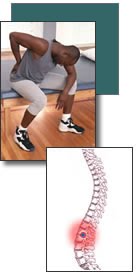 Judging your health only by how you feel can be dangerous. The first symptom of high blood pressure is a deadly stroke. The first symptom of heart disease could be a fatal heart attack. Because your body is so adaptive, by the time many symptoms warn you of a problem it can be well advanced.
Judging your health only by how you feel can be dangerous. The first symptom of high blood pressure is a deadly stroke. The first symptom of heart disease could be a fatal heart attack. Because your body is so adaptive, by the time many symptoms warn you of a problem it can be well advanced.
Symptoms are the body’s warning signals that something has been malfunctioning for some time and has needed attention. In most cases, subluxations are present without symptom or warning. Usually, a subluxations has existed for many years by the time a symptom arrives.
Malfunction in the body creates poor healing. This results in lowered resistance to infection, allergies, illness and disease.
Covering up symptoms with medications can ignore the underlying cause and delay healing and lead to the progression of dis-ease. This, in turn, can lead to an early death.
The purpose of a chiropractic evaluation in our office is to find out if a subluxations is interfering with your Central Nervous System, causing malfunction.
IF WE FIND SUBLUXATION ON YOUR EXAM, NERVE TESTS AND/OR X-RAY STUDIES, WE CAN HELP YOU.
A Subluxation is a serious condition identified by five parts:
How Abnormal Position Of The Spine And Subluxation (Misalignment) Can Affect Your Health

NORMAL
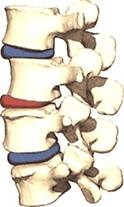
PHASE 1
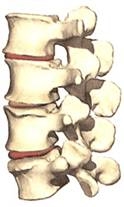
PHASE 2

PHASE 3
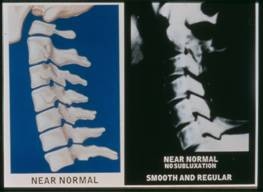
NORMAL
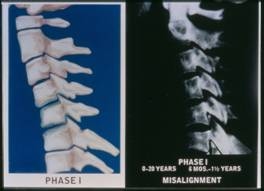
PHASE 1

PHASE 2

PHASE 3